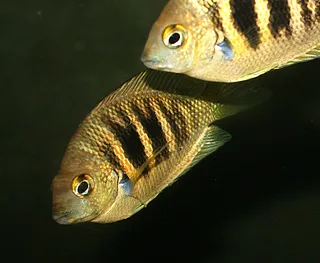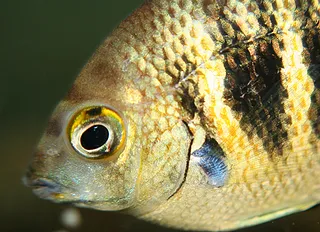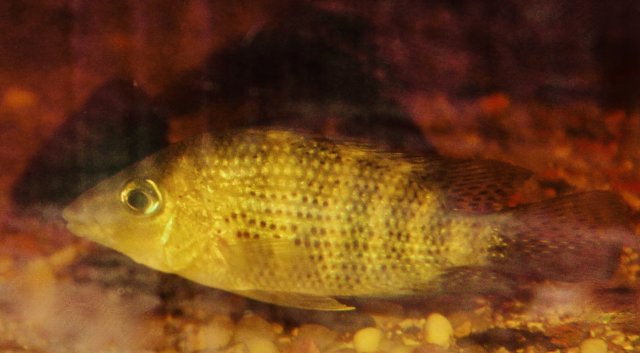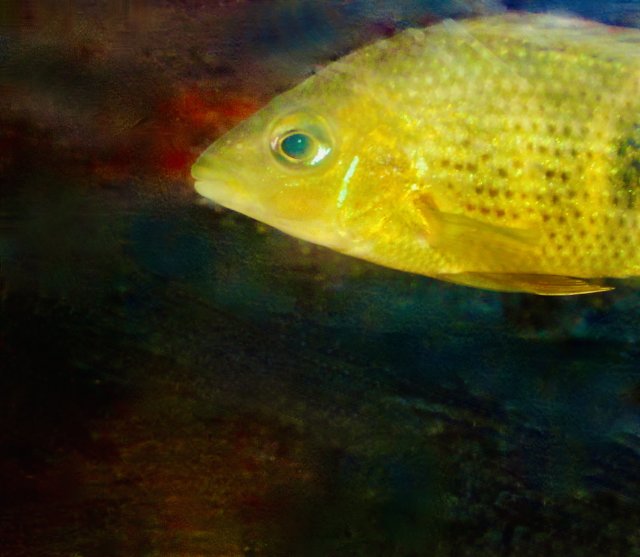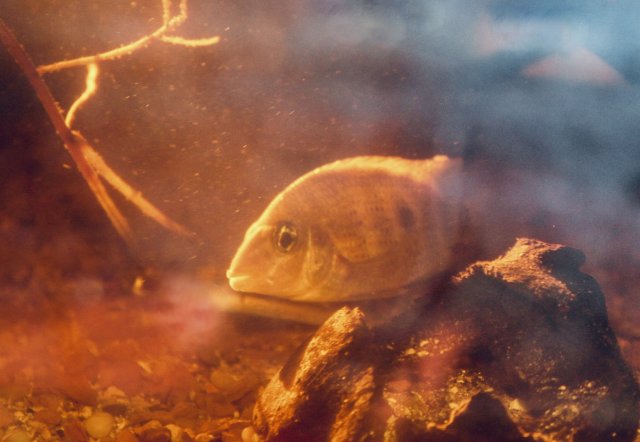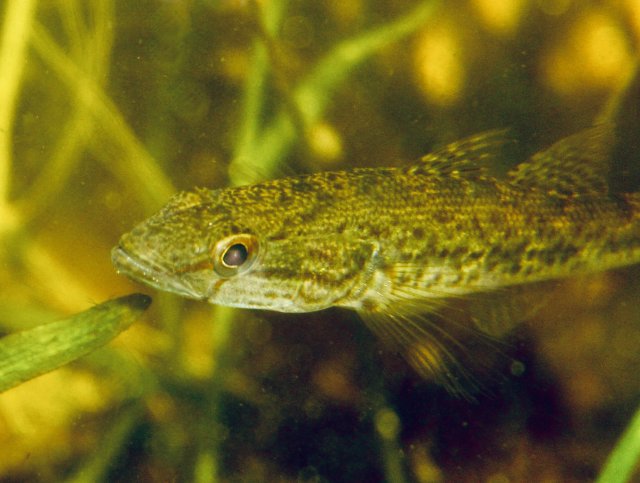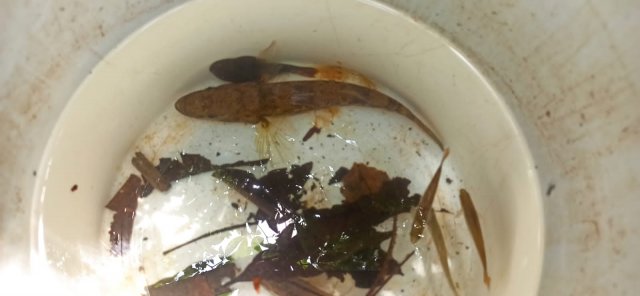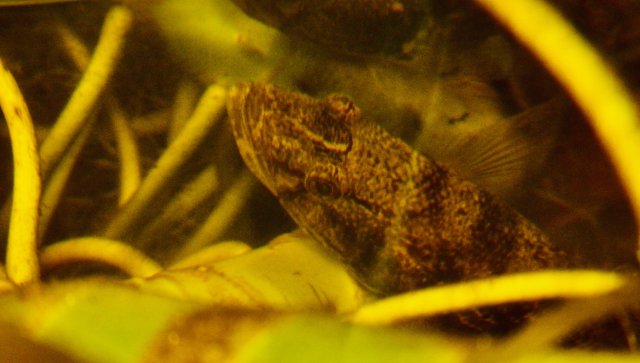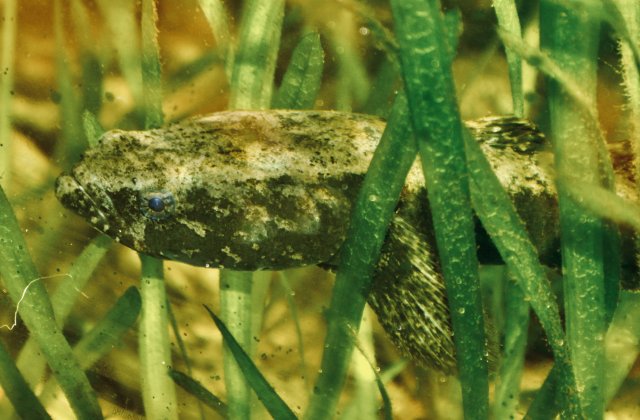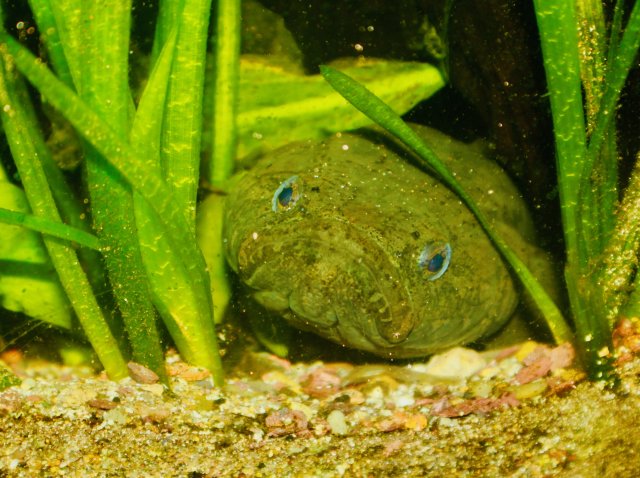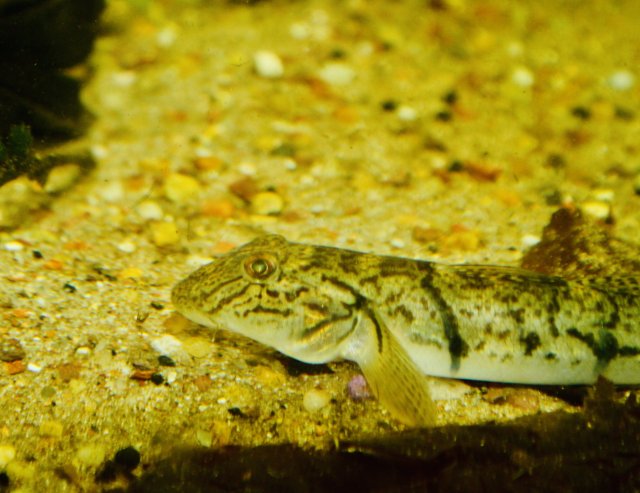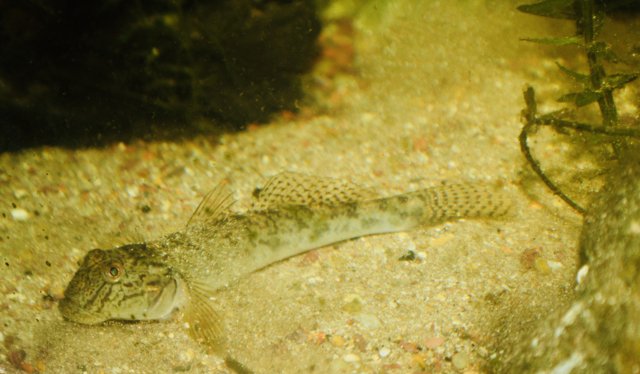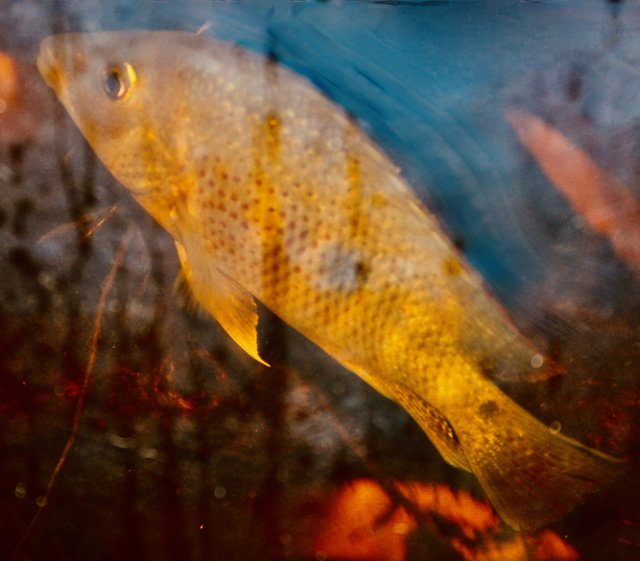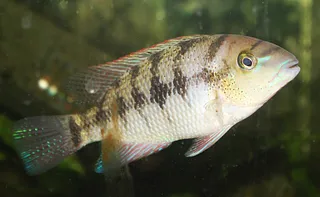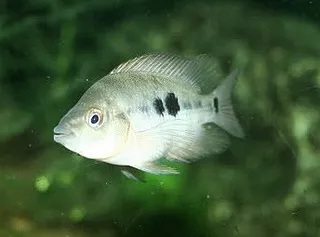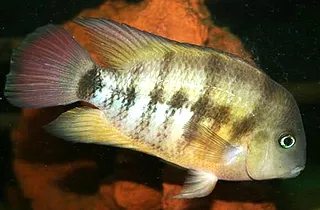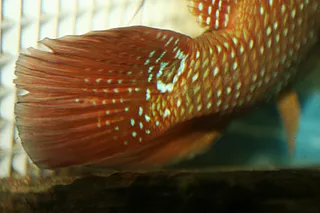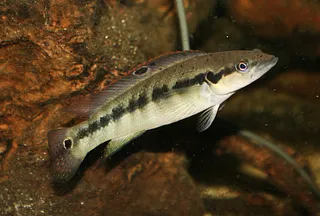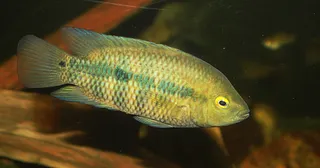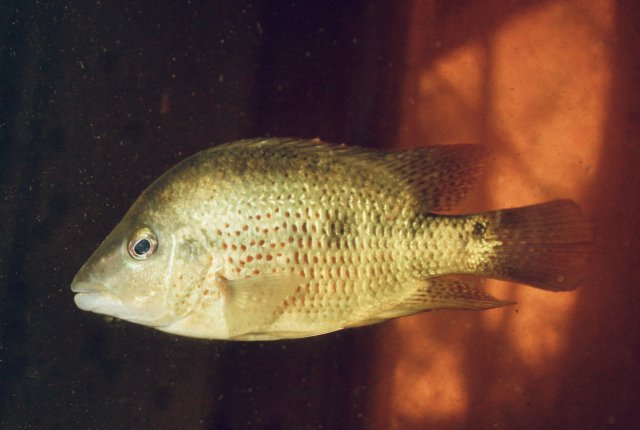This species is one of the reasons I moved to Panama, along with 2 other Panamanian endemics, Isthmoheros tuirense, and Geophagus crassilabrus..
I have been coveting them for about 20 years, and back when I left the US for Panama in 2015, Darienheros was still unavailable to me (as far as I knew).
There are only a few other cichlids on my holy grail list, and they are/were even more remote possibilities.
Iranocichla hormuzensis and Nandopsis ramsdeni, both with geo political barriers, all the Paretroplus and other Madagascans, although I was able to keep a number of Madagascans, export restrictions are becoming tighter and tighter these days, and hydrizing has become such an abhorrent part of modern day cichlid husbandry, its getting harder and harder to get legitimate species.
And then there is Heterchromis multidens, only now becoming available in the US.
So for me to experience the majority on my list before I kick the bucket, moving to Panama was the most logical choice.
Took almost 9 years to get them (The 3 almost 4 year pandemic shut down didn't help).
So finally a couple weeks ago, cast netting in a fairly fast flowing, low altitude section of the Chepo river near the Darien they finally turned up.
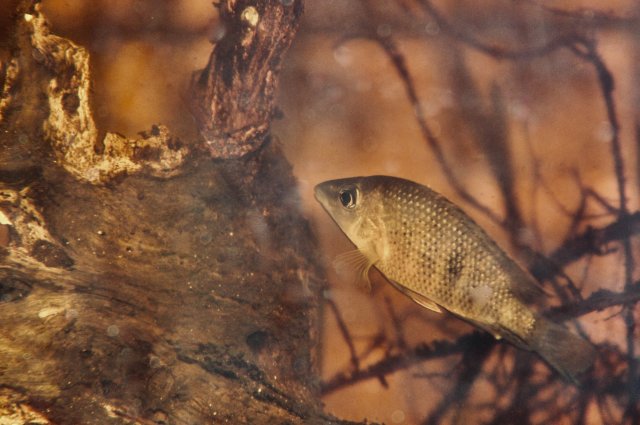
We pulled out 5 from the Rio Chepo, ranging in size from about 2" TL to one individual 6" TL.
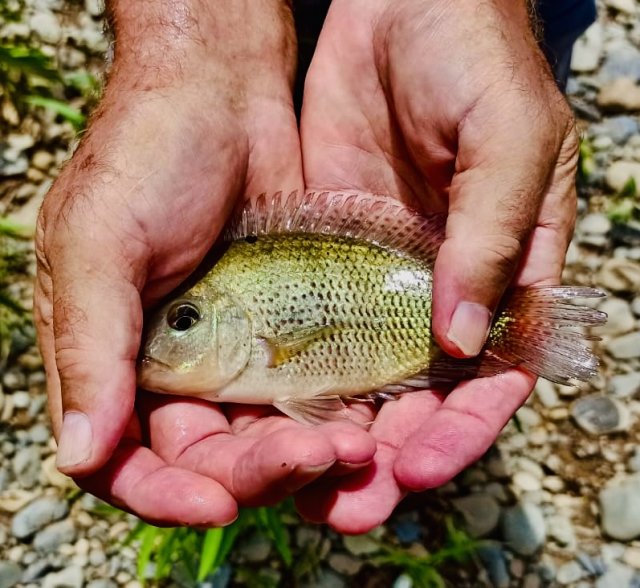
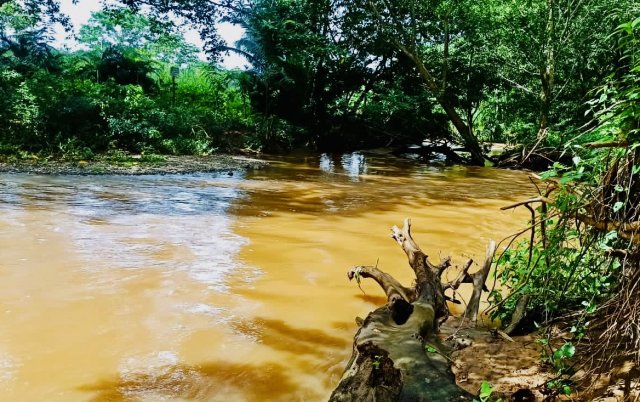
First described as Cichlasoma calobrense by Meek in 1913 it has bounced around from genus to genus, ever since.
In the mid 70s and again in the 90s they were transferred to Amphilophus,
At the same size, and age, they do slightly resemble Amphilophus lyonsi (another Panamanian endemic), but
this may have more to do with convergent evolution due to similar habitat, and trophic preferences, rather than an actual close relationship).
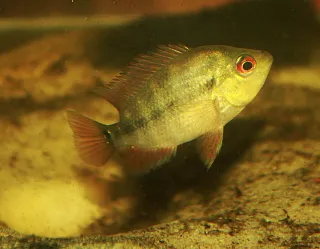
and later they were thought to be part of the genus Astatheros.
But as of 2016 Rican, in his revision of middle American cichlids, and through DNA analysis found they were distinct enough to deserve their own genus, Darienheros , the name derived from the name of an aboriginal tribe that once inhabited the Darien, and Heros, associated with new world cichlids.
So far, I have found them to be invertebrate, and possibly algal pickers, as their small mouth and pointed profile might suggest.
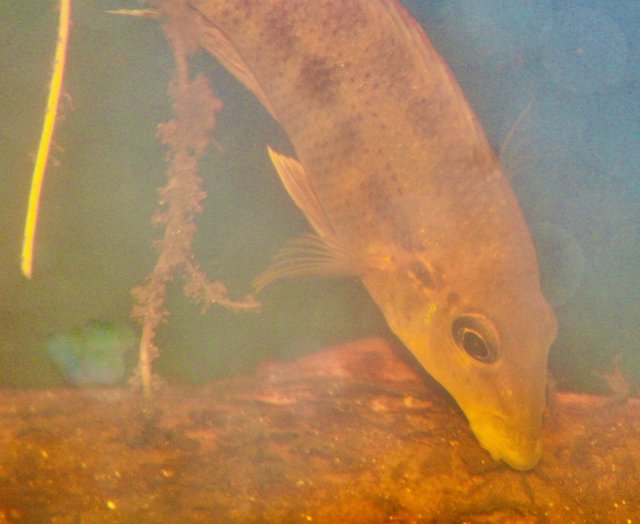
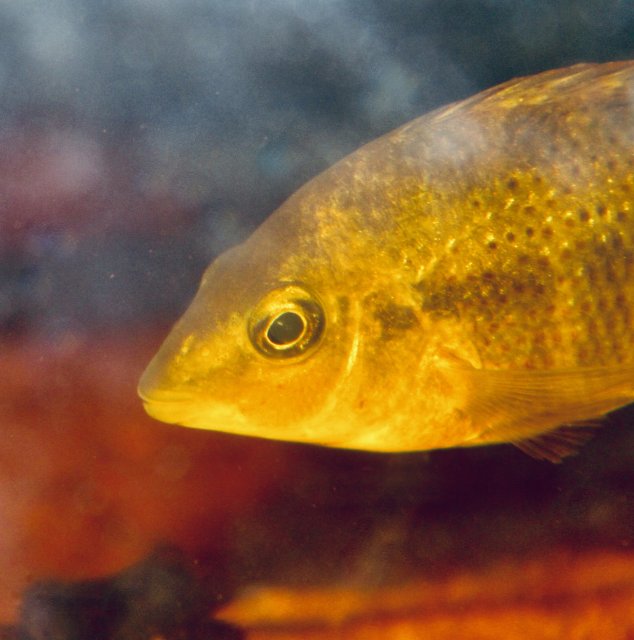
The young spend a lot of time concealed in the roots of terrestrial plants.
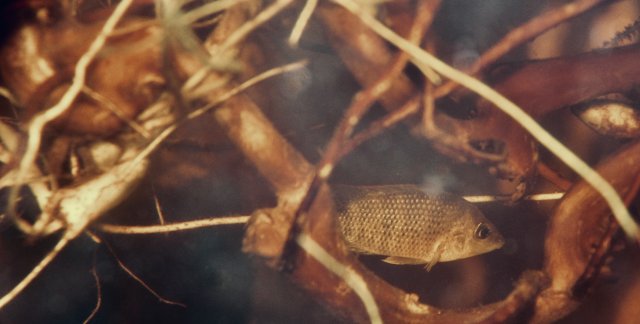
Depth where they were caught was only about 3 to 4 feet, and borders islands of exposed terrestrial vegetation, pH in the river tested approx 7.8 to 8.2 and even though turbid and coffee brown nitrate was non-detectable.
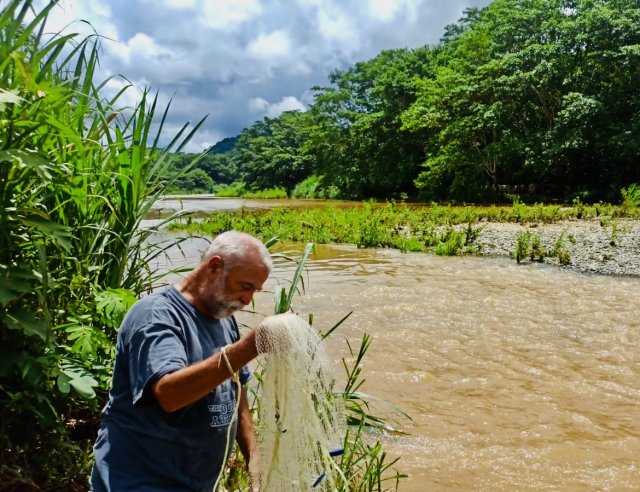
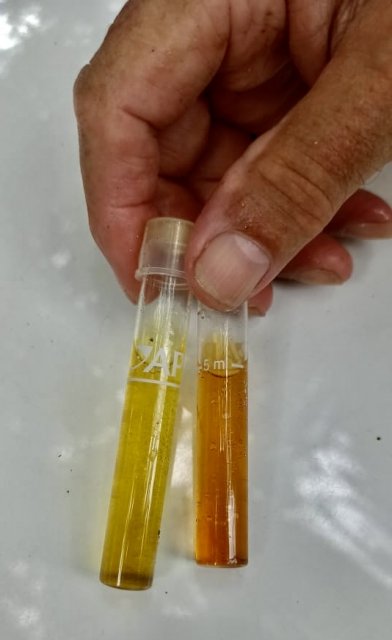
Non-cichlid species they inhabited the river with, were gobies, Plecos, and most common, Tetras.
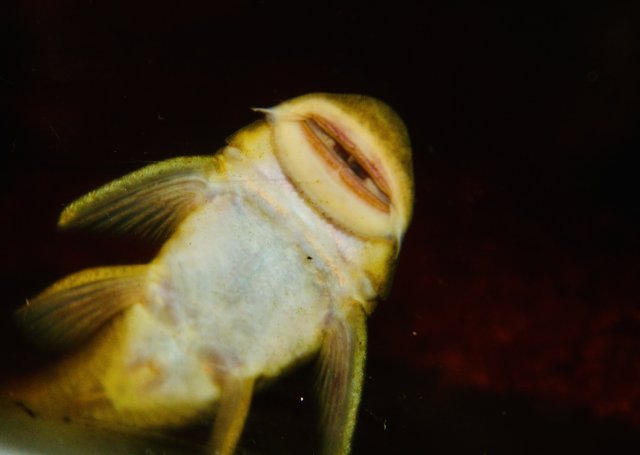
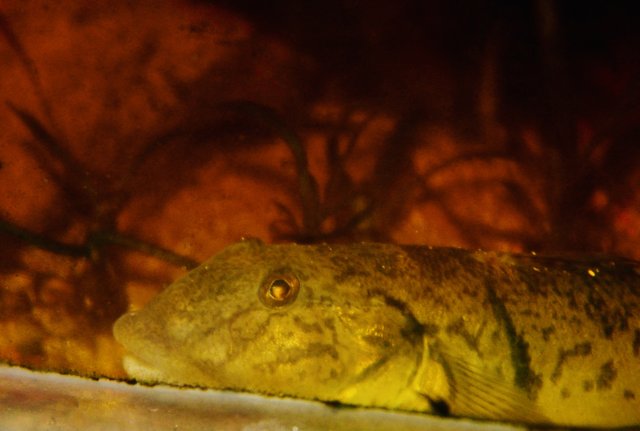
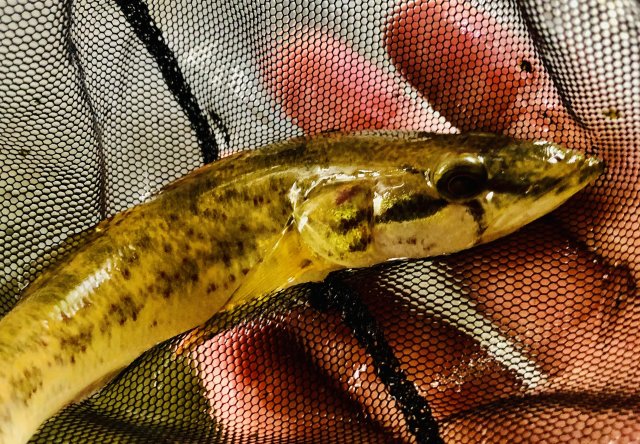
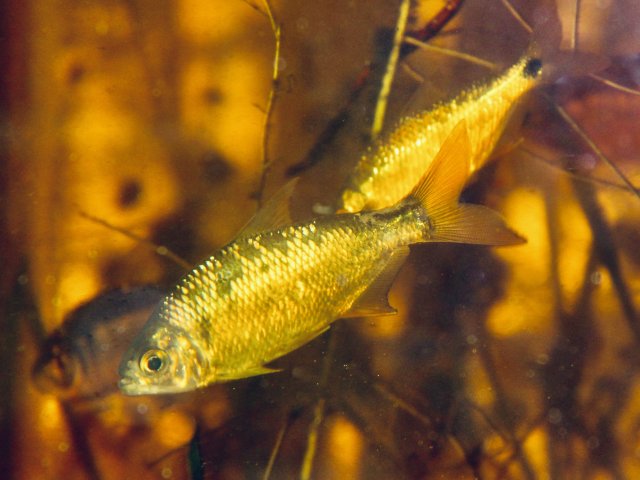
On the day of collecting Darienheros, no other cichlid species were caught, or noticed in the immediate vicinity..
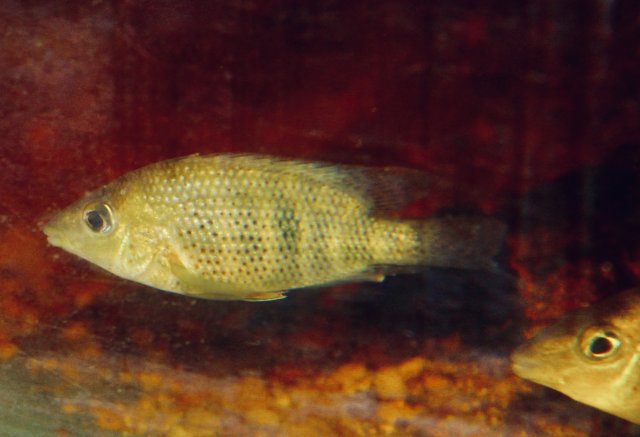
I have been coveting them for about 20 years, and back when I left the US for Panama in 2015, Darienheros was still unavailable to me (as far as I knew).
There are only a few other cichlids on my holy grail list, and they are/were even more remote possibilities.
Iranocichla hormuzensis and Nandopsis ramsdeni, both with geo political barriers, all the Paretroplus and other Madagascans, although I was able to keep a number of Madagascans, export restrictions are becoming tighter and tighter these days, and hydrizing has become such an abhorrent part of modern day cichlid husbandry, its getting harder and harder to get legitimate species.
And then there is Heterchromis multidens, only now becoming available in the US.
So for me to experience the majority on my list before I kick the bucket, moving to Panama was the most logical choice.
Took almost 9 years to get them (The 3 almost 4 year pandemic shut down didn't help).
So finally a couple weeks ago, cast netting in a fairly fast flowing, low altitude section of the Chepo river near the Darien they finally turned up.

We pulled out 5 from the Rio Chepo, ranging in size from about 2" TL to one individual 6" TL.


First described as Cichlasoma calobrense by Meek in 1913 it has bounced around from genus to genus, ever since.
In the mid 70s and again in the 90s they were transferred to Amphilophus,
At the same size, and age, they do slightly resemble Amphilophus lyonsi (another Panamanian endemic), but
this may have more to do with convergent evolution due to similar habitat, and trophic preferences, rather than an actual close relationship).

and later they were thought to be part of the genus Astatheros.
But as of 2016 Rican, in his revision of middle American cichlids, and through DNA analysis found they were distinct enough to deserve their own genus, Darienheros , the name derived from the name of an aboriginal tribe that once inhabited the Darien, and Heros, associated with new world cichlids.
So far, I have found them to be invertebrate, and possibly algal pickers, as their small mouth and pointed profile might suggest.


The young spend a lot of time concealed in the roots of terrestrial plants.

Depth where they were caught was only about 3 to 4 feet, and borders islands of exposed terrestrial vegetation, pH in the river tested approx 7.8 to 8.2 and even though turbid and coffee brown nitrate was non-detectable.


Non-cichlid species they inhabited the river with, were gobies, Plecos, and most common, Tetras.




On the day of collecting Darienheros, no other cichlid species were caught, or noticed in the immediate vicinity..

Last edited:



